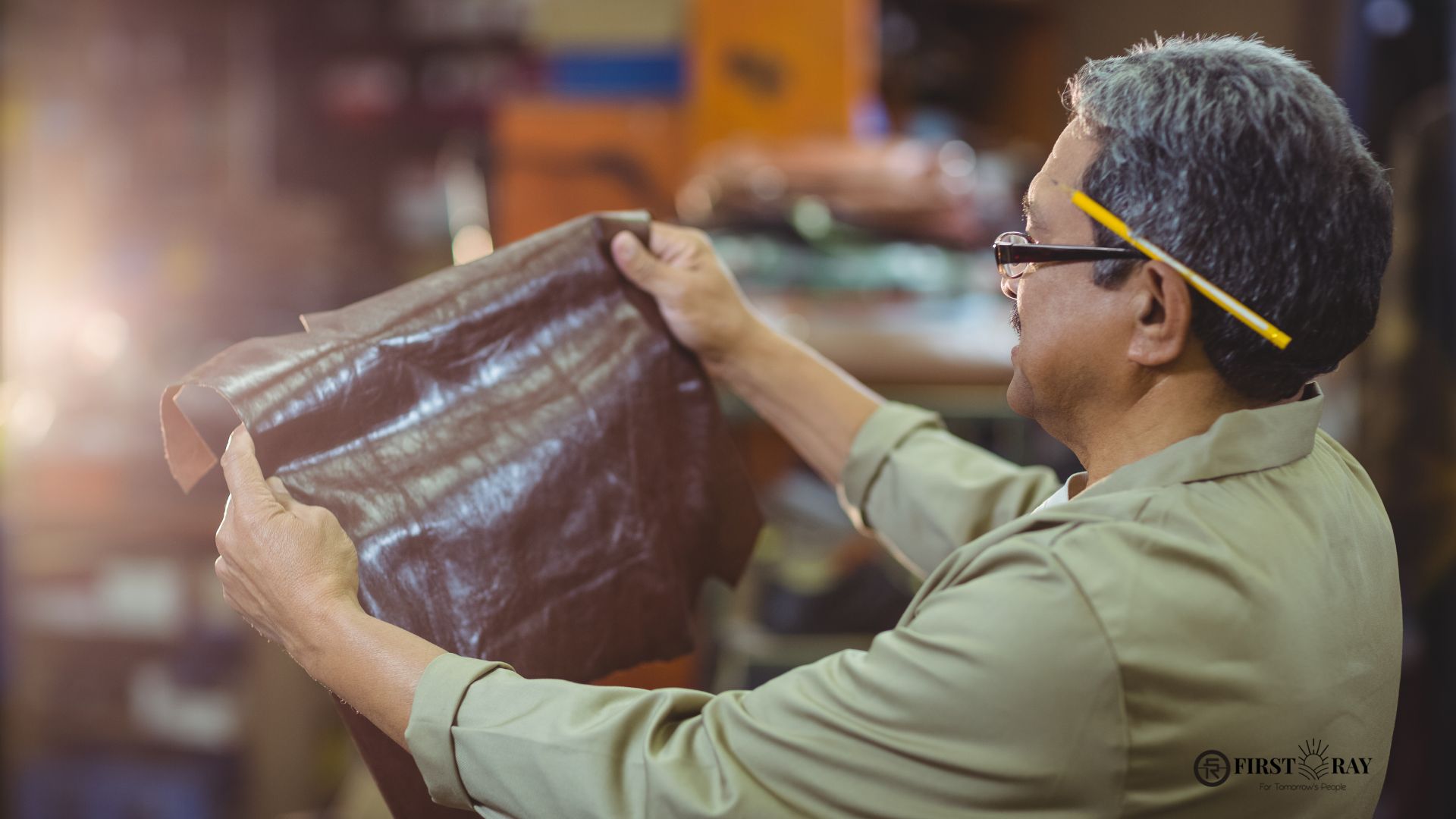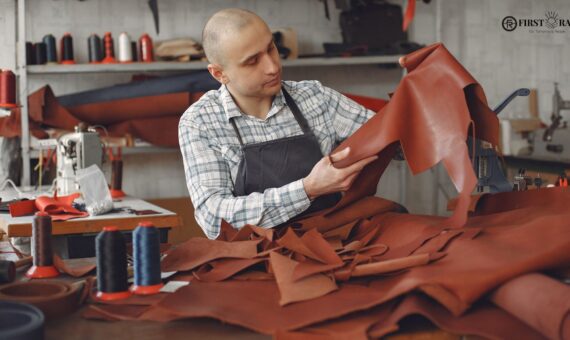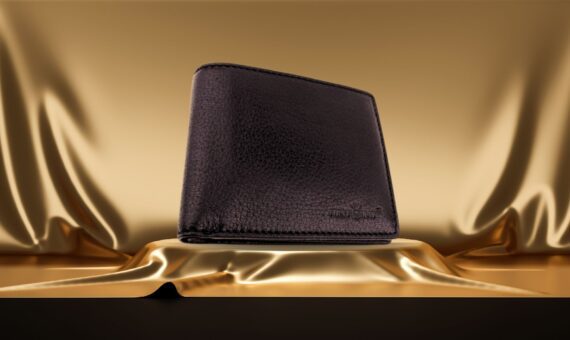Leather wallets are not only functional but also stylish accessories that can last for years if properly cared for. To ensure that your leather wallet remains in excellent condition over time, it’s important to follow some basic care and maintenance practices. In this guide, we’ll explore tips and techniques to increase the longevity of your leather wallet.
1. Choose High-Quality Leather
Why Quality Matters
The longevity of your leather wallet starts with the type of leather used. High-quality leathers like full-grain or top-grain leather are more durable and resistant to wear and tear. Investing in a good-quality leather wallet will pay off in the long run, as these wallets are built to last and age gracefully.
2. Regular Cleaning
How to Clean Your Leather Wallet
Regular cleaning is essential to maintaining the appearance and durability of your leather wallet. Here’s how to do it:
- Dust and Dirt Removal: Gently wipe the wallet with a soft, dry cloth to remove surface dust and dirt.
- Deep Cleaning: Occasionally, use a damp cloth to clean the wallet. Avoid soaking the leather, and never use harsh detergents or alcohol-based cleaners.
- Drying: Always let your wallet air dry naturally after cleaning. Avoid using heat sources like hair dryers, as they can cause the leather to crack.
3. Conditioning the Leather
Why Conditioning is Important
Leather can dry out over time, leading to cracks and stiffness. Conditioning your leather wallet helps keep it supple and moisturized, extending its life.
- Choosing a Conditioner: Use a leather conditioner specifically designed for the type of leather your wallet is made from. Full-grain and top-grain leathers benefit from high-quality, natural conditioners.
- Application: Apply a small amount of conditioner to a soft cloth and rub it gently into the leather. Allow it to absorb for a few hours or overnight, then wipe off any excess with a clean cloth.
4. Protecting from Moisture
How to Handle Water and Humidity
Leather is sensitive to water and humidity, which can cause stains, warping, or mold growth. Here’s how to protect your wallet:
- Keep Dry: Avoid exposing your wallet to water or high humidity. If your wallet gets wet, blot it gently with a dry cloth and allow it to air dry.
- Use Waterproofing Products: Consider applying a leather protectant or waterproofing spray designed for leather goods. This creates a barrier that helps protect against moisture without compromising the leather’s breathability.
5. Proper Storage
Storing Your Leather Wallet
How you store your wallet when not in use can significantly impact its longevity.
- Avoid Overstuffing: Overloading your wallet with cards, cash, or receipts can stretch the leather and cause it to lose its shape. Only carry what you need and regularly clean out unnecessary items.
- Use a Dust Bag: When not in use, store your wallet in a dust bag or a soft, breathable cloth. This protects it from dust and scratches while allowing the leather to breathe.
- Keep Away from Direct Sunlight: Prolonged exposure to direct sunlight can cause the leather to fade and dry out. Store your wallet in a cool, dark place when not in use.
6. Avoid Harsh Environments
Protecting Your Wallet from Extreme Conditions
Leather wallets are best kept away from harsh environments that can cause damage.
- Heat: Avoid leaving your wallet in a hot car or near heat sources like radiators. Excessive heat can cause the leather to dry out and crack.
- Cold: Extreme cold can make leather brittle and more prone to cracking. Try to keep your wallet at a moderate temperature.
- Chemicals: Keep your wallet away from chemicals, oils, and other substances that can stain or damage the leather.
7. Handle with Care
Daily Habits for Wallet Care
The way you handle and use your wallet on a daily basis can also affect its longevity.
- Gentle Handling: Avoid bending or twisting your wallet excessively, as this can weaken the leather and stitching.
- Keep It Clean: Make it a habit to clean out your wallet regularly, removing any debris, crumbs, or small items that could damage the leather.
- Watch Where You Place It: Be mindful of where you place your wallet. Avoid placing it on rough or dirty surfaces that could scratch or stain the leather.
8. Rotate Your Wallets
Why Rotation Helps
If you own multiple wallets, consider rotating their use. Constant daily use can wear out even the highest quality leather over time. By rotating wallets, you allow each one to rest, reducing the stress on the leather and prolonging its life.
9. Regular Inspections
Early Detection of Wear and Tear
Regularly inspect your wallet for signs of wear and tear. Catching issues early can prevent them from worsening.
- Check for Cracks: Look for any signs of cracks or dryness in the leather, particularly around the edges and folds.
- Inspect the Stitching: Check the stitching to ensure it’s intact. If you notice loose threads or weakening, consider getting the wallet repaired by a professional before it worsens.
10. Professional Maintenance
When to Seek Professional Help
For more serious issues or for routine maintenance, consider taking your wallet to a professional leatherworker or cobbler.
- Repairs: If your wallet has significant damage, such as deep scratches, broken stitching, or torn sections, a professional can often repair it to extend its life.
- Deep Conditioning and Cleaning: Professionals have access to high-quality products and techniques for deep conditioning and cleaning that can rejuvenate your wallet.
Conclusion
By following these care tips, you can significantly increase the longevity of your leather wallet, ensuring it remains a stylish and functional accessory for years to come. Remember, the key to preserving leather is regular maintenance, proper storage, and gentle handling. Investing a little time in caring for your wallet will pay off in the long run, keeping it looking great and performing well for years.








